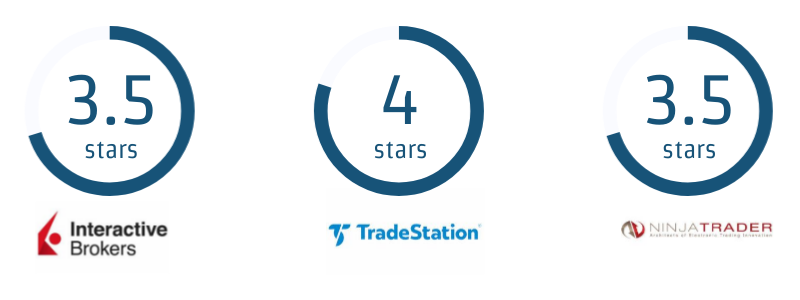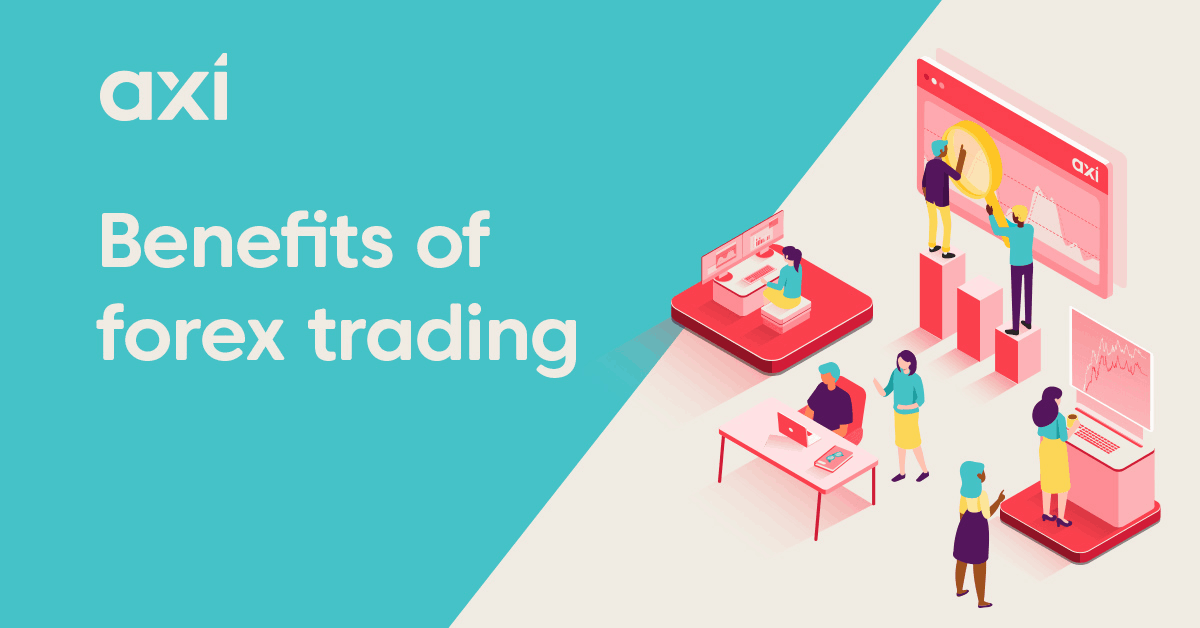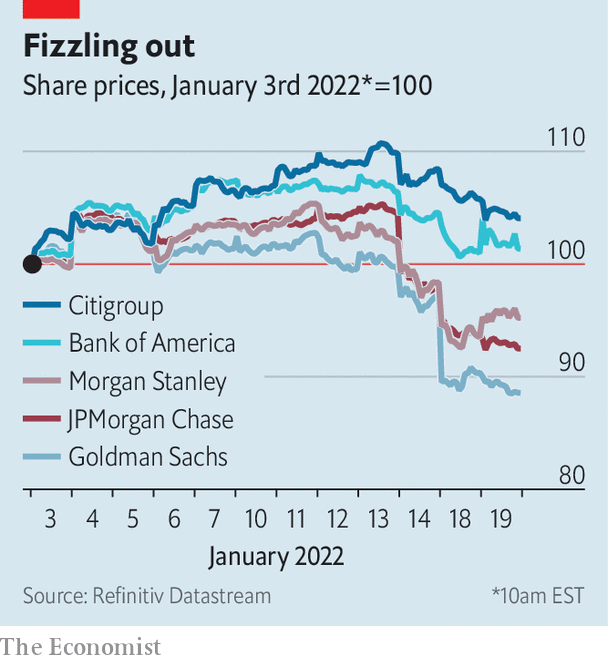
As et dividends are subject to market volatility, it can be risky. These dividends may be a good investment choice for those investors who are willing take on the risk. Additionally, they may offer a high return. Et dividends may not suit investors who have a low tolerance for risk but could be a good selection for investors who seek a high rate of return as well as high yield.
Energy Transfer LP, a limited partnership traded on the stock exchange, is responsible for a diverse portfolio in energy assets across the United States. The company serves as a holding for subsidiaries engaged in the interstate, intrastate and midstream transportation of crude oil and natural gas. Its subsidiaries are also involved in the marketing and terminalling of natural gas and crude oil, as well as terminalling and terminalling for petroleum products.

The company has been paying dividends since 2022. However, the company has not announced when it will pay the next one. They have not also yet to announce the next ex–dividend date. In the last year, $0.87 per share was paid by the company. However, the company paid out at most eight dividends during the past two-years. This dividend isn't part of the company’s earnings; rather, it is part and parcel of its overall profit. Energy Transfer is a holding company, and all of its subsidiaries engage in different activities. Energy Transfer LP as well as Energy Transfer Partners are just a few of the company’s subsidiaries. Energy Transfer Partners also operate natural gas pipelines, petrol stations and other services. It also runs natural gas middlestream companies and NGL fractionation firms. It also engages and acquires USA Compression Partners LP.
The company also pays a special dividend. It also has a stock splitting. On December 15, 2019, the company had its latest stock split. The company also has a unique stock identification number, the symbol ET. The company has a long history that includes its initial public offerings (IPO) in April 2014. Every year since the IPO, at least one dividend has been paid by the company.
There are many factors that can be used to determine a company’s payout, but the most important one is to choose a company with a rich and long-standing dividend history. This is because companies that have a strong history of paying dividends are usually more profitable. The company's dividend growth is another metric that can be used to measure it. Companies must have strong net income, free cash flow, and a dividend policy that regularly pays dividends to be able to measure dividend growth. You may also receive dividends on a quarterly basis, monthly or annually. This helps reduce market volatility and gives investors the ability to choose how much to invest.

Check out the company website to see the most recent dividend. The company's website includes information about it, including the most recent financial reports and a list all its subsidiaries. It also displays a graphic representation showing the company's history of dividends, including historical and most recent. You will also find useful information like a list and details about the top executives as well as information about the subsidiaries it owns. The company's website also has a link to its ETF family, which includes its ETF Profile page. The ETF Profil page contains a general description, a link and a daily limit.
FAQ
How do I invest in the stock market?
You can buy or sell securities through brokers. Brokers buy and sell securities for you. When you trade securities, you pay brokerage commissions.
Brokers often charge higher fees than banks. Banks are often able to offer better rates as they don't make a profit selling securities.
An account must be opened with a broker or bank if you plan to invest in stock.
If you use a broker, he will tell you how much it costs to buy or sell securities. The size of each transaction will determine how much he charges.
You should ask your broker about:
-
Minimum amount required to open a trading account
-
What additional fees might apply if your position is closed before expiration?
-
What happens when you lose more $5,000 in a day?
-
How long can positions be held without tax?
-
How you can borrow against a portfolio
-
Whether you are able to transfer funds between accounts
-
how long it takes to settle transactions
-
the best way to buy or sell securities
-
How to avoid fraud
-
how to get help if you need it
-
If you are able to stop trading at any moment
-
Whether you are required to report trades the government
-
whether you need to file reports with the SEC
-
What records are required for transactions
-
If you need to register with SEC
-
What is registration?
-
How does it affect you?
-
Who must be registered
-
When should I register?
How are securities traded
The stock market lets investors purchase shares of companies for cash. Companies issue shares to raise capital by selling them to investors. Investors then sell these shares back to the company when they decide to profit from owning the company's assets.
Supply and Demand determine the price at which stocks trade in open market. When there are fewer buyers than sellers, the price goes up; when there are more buyers than sellers, the prices go down.
There are two methods to trade stocks.
-
Directly from your company
-
Through a broker
How does inflation affect the stock market
Inflation is a factor that affects the stock market. Investors need to pay less annually for goods and services. As prices rise, stocks fall. It is important that you always purchase shares when they are at their lowest price.
What is security in a stock?
Security is an investment instrument whose value depends on another company. It could be issued by a corporation, government, or other entity (e.g. prefer stocks). The issuer promises to pay dividends to shareholders, repay debt obligations to creditors, or return capital to investors if the underlying asset declines in value.
What is a bond?
A bond agreement is a contract between two parties that allows money to be transferred for goods or services. It is also known as a contract.
A bond is usually written on a piece of paper and signed by both sides. This document contains information such as date, amount owed and interest rate.
When there are risks involved, like a company going bankrupt or a person breaking a promise, the bond is used.
Sometimes bonds can be used with other types loans like mortgages. This means that the borrower must pay back the loan plus any interest payments.
Bonds are used to raise capital for large-scale projects like hospitals, bridges, roads, etc.
A bond becomes due upon maturity. This means that the bond's owner will be paid the principal and any interest.
If a bond does not get paid back, then the lender loses its money.
What are the advantages of owning stocks
Stocks have a higher volatility than bonds. The stock market will suffer if a company goes bust.
However, if a company grows, then the share price will rise.
Companies often issue new stock to raise capital. This allows investors the opportunity to purchase more shares.
Companies can borrow money through debt finance. This allows them to access cheap credit which allows them to grow quicker.
A company that makes a good product is more likely to be bought by people. The stock's price will rise as more people demand it.
As long as the company continues to produce products that people want, then the stock price should continue to increase.
What is a fund mutual?
Mutual funds consist of pools of money investing in securities. They allow diversification to ensure that all types are represented in the pool. This reduces the risk.
Professional managers manage mutual funds and make investment decisions. Some mutual funds allow investors to manage their portfolios.
Because they are less complicated and more risky, mutual funds are preferred to individual stocks.
Statistics
- Individuals with very limited financial experience are either terrified by horror stories of average investors losing 50% of their portfolio value or are beguiled by "hot tips" that bear the promise of huge rewards but seldom pay off. (investopedia.com)
- US resident who opens a new IBKR Pro individual or joint account receives a 0.25% rate reduction on margin loans. (nerdwallet.com)
- Even if you find talent for trading stocks, allocating more than 10% of your portfolio to an individual stock can expose your savings to too much volatility. (nerdwallet.com)
- Ratchet down that 10% if you don't yet have a healthy emergency fund and 10% to 15% of your income funneled into a retirement savings account. (nerdwallet.com)
External Links
How To
How to make your trading plan
A trading plan helps you manage your money effectively. It will help you determine how much money is available and your goals.
Before creating a trading plan, it is important to consider your goals. It may be to earn more, save money, or reduce your spending. You might want to invest your money in shares and bonds if it's saving you money. If you're earning interest, you could put some into a savings account or buy a house. Maybe you'd rather spend less and go on holiday, or buy something nice.
Once you have an idea of your goals for your money, you can calculate how much money you will need to get there. This depends on where your home is and whether you have loans or other debts. Also, consider how much money you make each month (or week). Income is what you get after taxes.
Next, you'll need to save enough money to cover your expenses. These expenses include rent, food, travel, bills and any other costs you may have to pay. These all add up to your monthly expense.
You'll also need to determine how much you still have at the end the month. This is your net income.
You now have all the information you need to make the most of your money.
To get started with a basic trading strategy, you can download one from the Internet. Ask an investor to teach you how to create one.
For example, here's a simple spreadsheet you can open in Microsoft Excel.
This will show all of your income and expenses so far. You will notice that this includes your current balance in the bank and your investment portfolio.
Here's an additional example. This was created by an accountant.
This calculator will show you how to determine the risk you are willing to take.
Remember, you can't predict the future. Instead, be focused on today's money management.